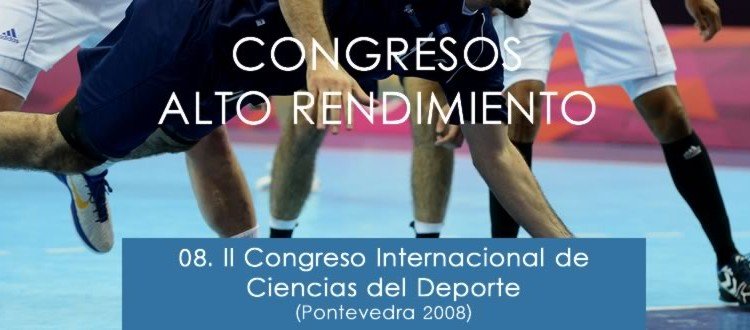Project of somatotype, muscle assymetrie of the upper and lower limbs and levels of practice of physical activity. A study in children with 6 and 10 years old in the city of Fafe, Portugal.
Resumen
The description and interpretation of human variability is one of the central points of research in many areas of Anthropology, Medicine and Science of Sports (Maia et al., 2004). Thus, our study will seek subsidize the effort applicant for the identification and evaluation of factors such as involvement, added to the morphological constraints and practice of physical activity that determine the lifestyles adopted, assuming it is crucial in preventing health of populations. The purposes of our research are: i) the knowledge of the levels of four set of variables, including the somatotype, the muscle asymmetries of the upper and lower limbs and the levels of practice of physical activity in order to determine the relationship – between them, ii) and the development and implementation of a set of exercises aimed at the control and / or correction of muscular asymmetries. Initially review of the total sample (n = 150 children with 6 (n=61) and 10 (n=89) years old in the city of Fafe – Portugal) on the following variables: i) levels of practice of physical activity by the application of the Baecke questionnaire, et al. (1982) adapted ii) the somatotype through anthropometric assessment; iii) the muscular asymmetries through a dynamometer which measure the strength of lower limbs and the strength of hand grip. Later through an experimental study assess the effectiveness of the program we prepared for the correction of imbalances in muscle upper and lower limbs. In this proposed study is to highlight the importance of characterization of the inter-relationships of these major variables in children, by studying in one way the somatotype information, body composition, muscle asymmetry between and physical activity as well as their complex network of interactions in view of the relationship with healthy behaviors. On the other hand, draw up a program of intervention in an area of significant importance to the motor development of our children. It should therefore enlarge the knowledge on these ages for future research in the vast universe of science of sport, particularly in physical education of the first cycle of primary education in the area of physical activity and health.






